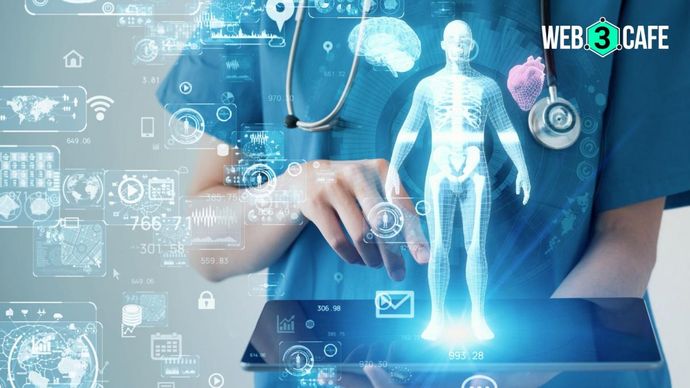AI vs doctor: Technology successfully matches radiologists in detecting gallbladder cancer
A study published in The Lancet Regional Health—Southeast Asia journal has unveiled that an AI-driven method employed in a Chandigarh hospital in India demonstrated diagnostic accuracy equivalent to that of highly skilled human radiologists.

Highlights
- AI in a Chandigarh hospital matches human radiologists' diagnostic accuracy, per a Lancet study
- PGIMER & IIT researchers are working on developing a deep learning model for detecting GBC
- The DL model reached 92.3% sensitivity, 74.4% specificity, & an AUC of 0.887 in GBC detection
In a remarkable development, artificial intelligence (AI) has showcased its ability to diagnose gallbladder cancer with a level of accuracy comparable to that of experienced radiologists.
A study published in The Lancet Regional Health—a Southeast Asia journal, has revealed that an AI-driven method employed in a Chandigarh hospital in India demonstrated diagnostic accuracy equivalent to that of highly skilled human radiologists.
How does AI detect gallbladder cancer?
Gallbladder cancer (GBC) is a particularly fatal and aggressive form of cancer. Due to the similarities in imaging characteristics between cancerous and normal gallbladder tumours, early diagnosis is still a considerable issue.
Researchers from the Postgraduate Institute of Medical Education and Research (PGIMER) in Chandigarh and the Indian Institute of Technology (IIT), New Delhi, embarked on a mission to develop and validate a deep learning (DL) model for GBC detection. The novel AI technology utilised abdominal ultrasound data from patients with gallbladder lesions collected between August 2019 and June 2021 at PGIMER.
Technology behind it
Deep learning, an AI method inspired by the human brain, served as the cornerstone of this cutting-edge approach. The DL model was meticulously trained on a dataset comprising 233 patients, validated using 59 patients, and put to the test on 273 patients. The model's performance was assessed in terms of sensitivity, specificity, and the area under the receiver operating characteristic curve (AUC), a standard measure of diagnostic accuracy.
AI vs radiologists
In the ultimate showdown, the DL model achieved a remarkable sensitivity of 92.3 percent, a specificity of 74.4 percent, and an AUC of 0.887 in detecting GBC within the test set. Astonishingly, these results proved comparable to those of two human radiologists who independently reviewed the ultrasound images. The AI-powered approach even outperformed one radiologist in detecting a specific type of GBC, despite a slight dip in specificity.
Future approach & limitations
The authors of the research praised the DL-based technique for its diagnostic abilities, emphasising its equivalency to expert radiologists in GBC detection by ultrasound. They also emphasised the importance of multicenter research to further investigate AI's potential in GBC diagnosis.
However, the authors acknowledged certain limitations, including the use of a single-centre dataset. They also cautioned that the study's knowledge cutoff date of 2021 might not account for subsequent advancements in DL and GBC diagnosis.
